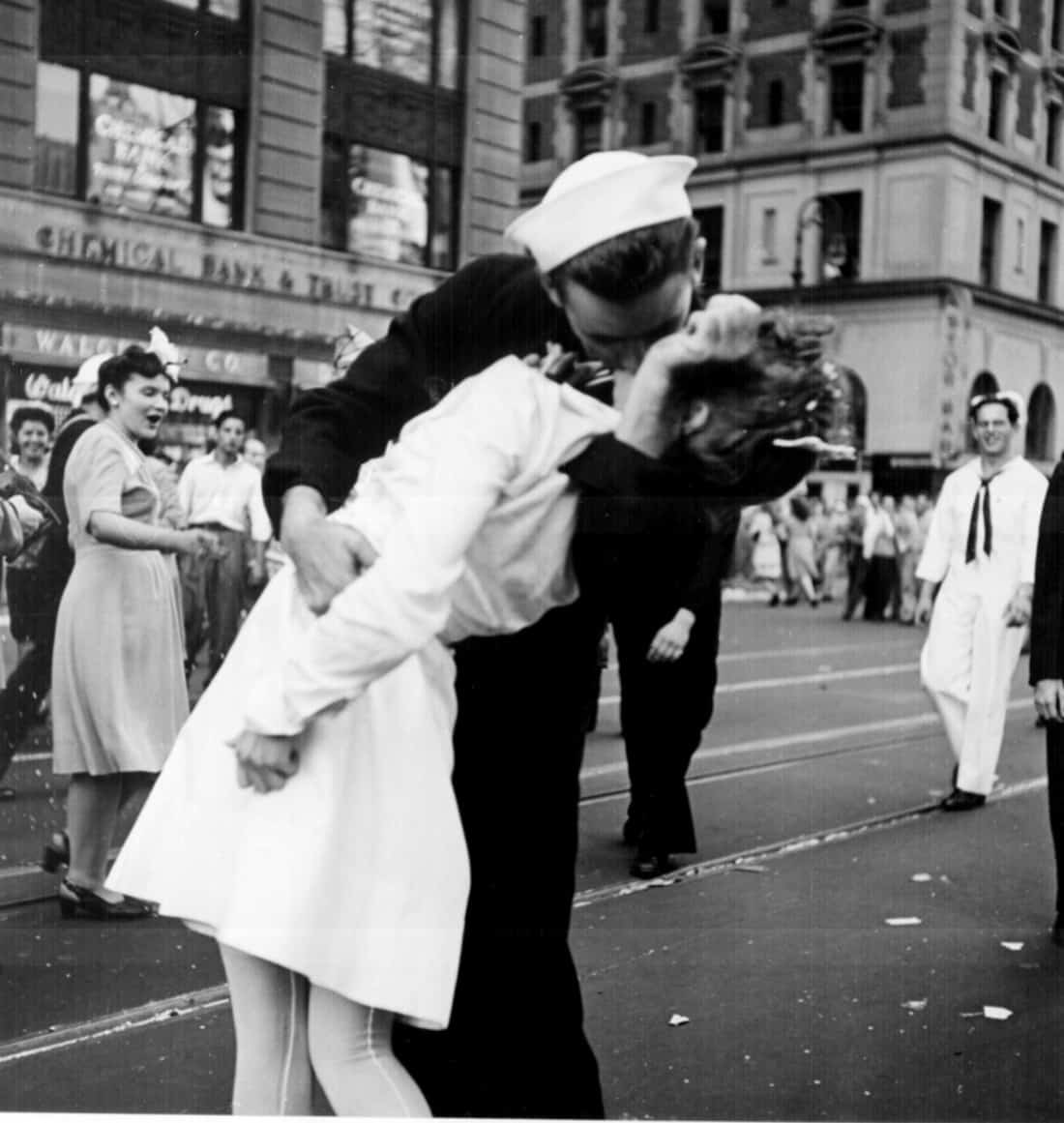Our Framing Streets Ideas
Table of Contents7 Easy Facts About Framing Streets ExplainedThe Ultimate Guide To Framing StreetsThe Only Guide to Framing StreetsFraming Streets Can Be Fun For AnyoneFraming Streets - The FactsThe 15-Second Trick For Framing Streets
, normally with the purpose of recording photos at a decisive or emotional moment by cautious framework and timing. https://codepen.io/framingstreets1/pen/NWJrZWo.
His boots and legs were well defined, yet he is without body or head, since these were in motion." Charles Ngre, waterseller Charles Ngre. https://www.metal-archives.com/users/framingstreets1 was the initial professional photographer to attain the technical refinement required to sign up people in movement on the street in Paris in 1851. Professional Photographer John Thomson, a Scotsman dealing with reporter and social protestor Adolphe Smith, released Road Life in London in twelve monthly installations beginning in February 1877
The Only Guide for Framing Streets
Eugene Atget is considered a progenitor, not since he was the first of his kind, yet as an outcome of the popularisation in the late 1920s of his document of Parisian streets by Berenice Abbott, who was inspired to embark on a similar paperwork of New york city City. [] As the city established, Atget assisted to advertise Parisian streets as a worthy topic for photography.

The Facts About Framing Streets Uncovered
Martin is the first taped photographer to do so in London with a disguised video camera. Mass-Observation was a social research organisation started in 1937 which aimed to tape everyday life in Britain and to tape the reactions of the 'man-in-the-street' to King Edward VIII's abdication in 1936 to wed separation Wallis Simpson, and the succession of George VI. The principal Mass-Observationists were anthropologist Tom Harrisson in Bolton and poet Charles Madge in London, and their initial record was created as guide "May the Twelfth: Mass-Observation Day-Surveys 1937 by over two hundred observers" [] Window cleaner at Kottbusser Tor, Berlin, by Elsa Thiemann c. 1946 The post-war French Humanist Institution professional photographers located their subjects on the street or in the diner. Andre Kertesz.'s widely admired Images la Sauvette (1952) (the English-language edition was entitled The Crucial Moment) promoted the idea of taking a picture at what he termed the "crucial minute"; "when type and web content, vision and see this site make-up combined right into a transcendent whole" - vivian maier.
Rumored Buzz on Framing Streets
The recording device was 'a hidden cam', a 35 mm Contax hidden beneath his layer, that was 'strapped to the upper body and connected to a lengthy cord strung down the best sleeve'. Nonetheless, his work had little modern influence as because of Evans' level of sensitivities about the originality of his task and the personal privacy of his topics, it was not released till 1966, in the book Many Are Called, with an introduction composed by James Agee in 1940.
Helen Levitt, then an instructor of kids, connected with Evans in 193839. She documented the transitory chalk illustrations - Street photography that were component of youngsters's street culture in New York at the time, along with the kids that made them. In July 1939, Mo, MA's new digital photography area included Levitt's work in its inaugural eventRobert Frank's 1958 publication,, was significant; raw and frequently indistinct, Frank's pictures questioned conventional digital photography of the time, "tested all the official regulations laid down by Henri Cartier-Bresson and Pedestrian Evans" and "contradicted the wholesome pictorialism and wholehearted photojournalism of American magazines like LIFE and Time".